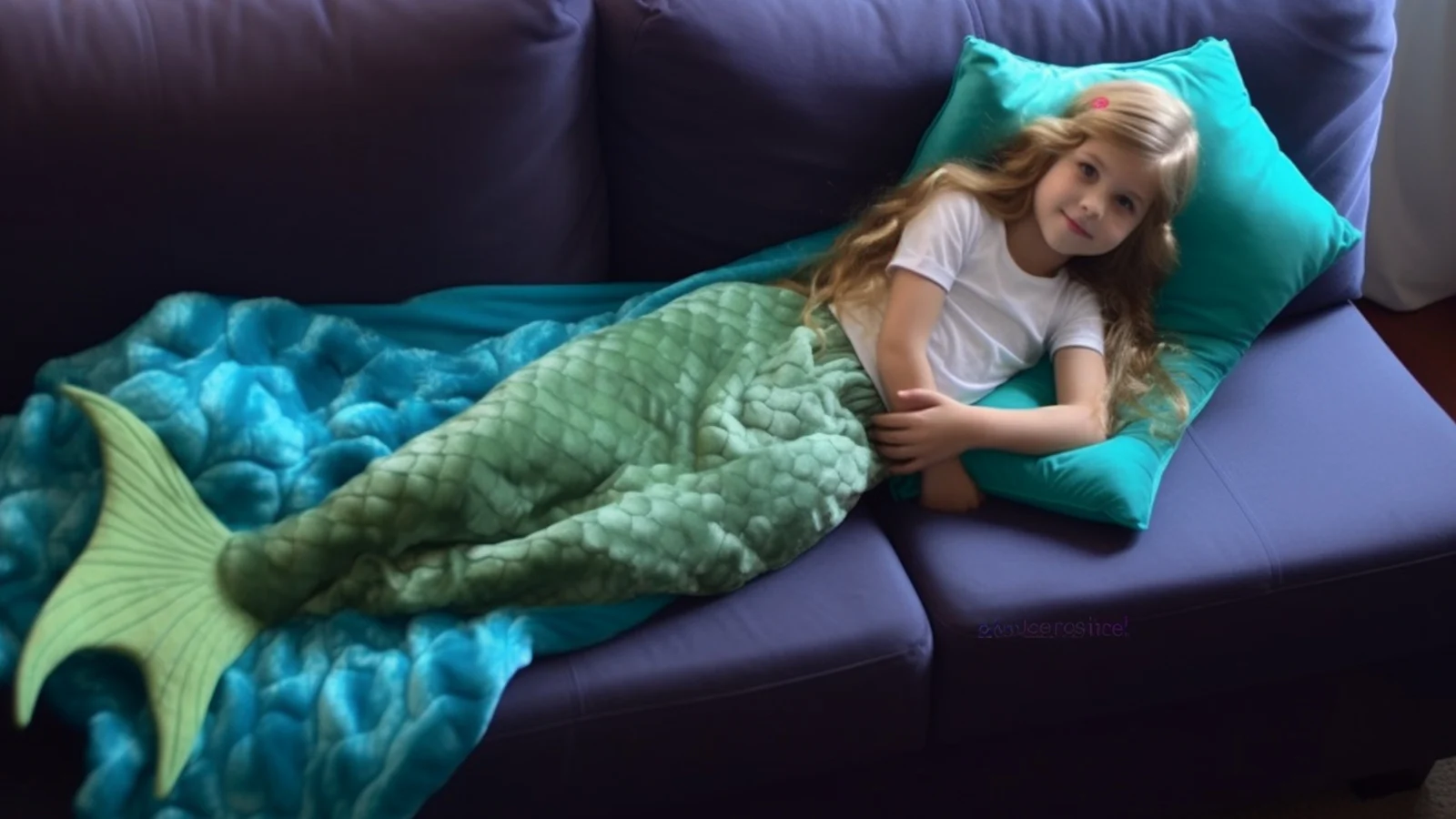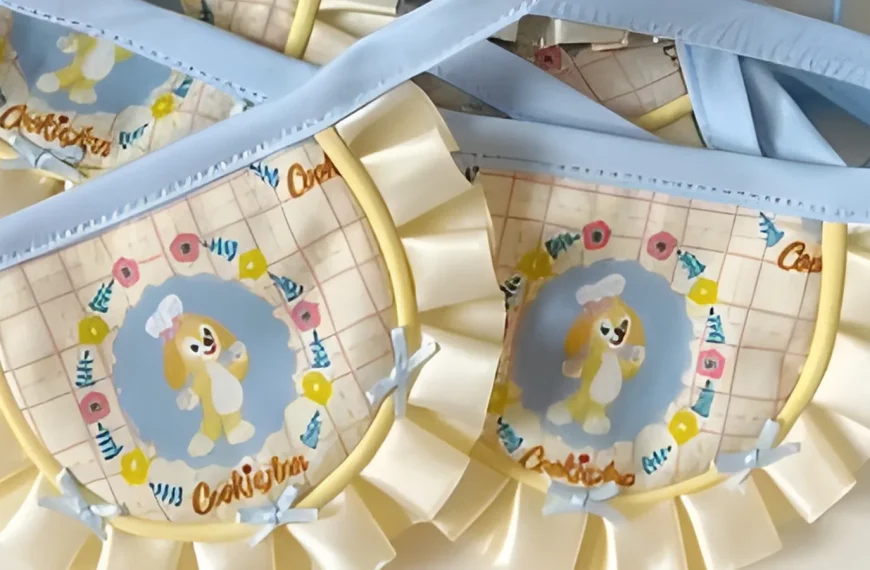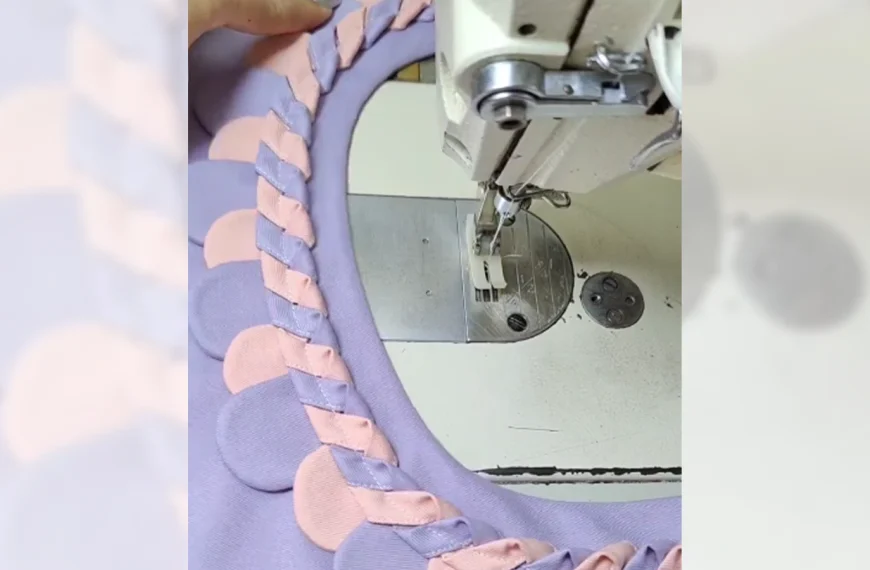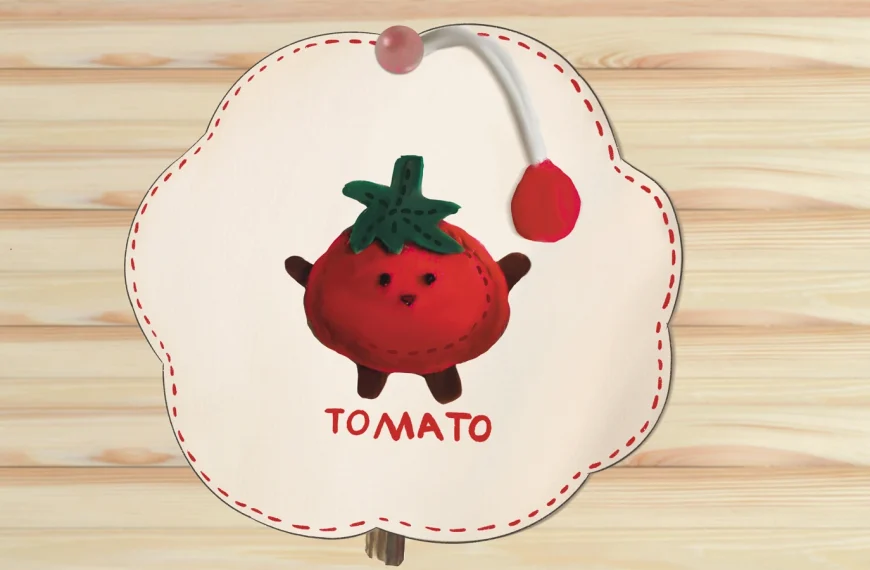In the realm of fabric dyeing, tie dye stands as a unique art form demanding specific fabrics. But what’s the best fabric to tie dye? A prime choice is 100% cotton, which is well-known for its high absorbency and ability to keep vibrant dyes. This natural fiber facilitates the penetration of dye molecules, ensuring a bright and lasting finish.
On the other hand, synthetic fibers are less amenable to dye uptake, often yielding subdued hues and blunted patterns.
For those seeking precision in tie-dye patterns, a fabric with a tight weave is imperative. It offers resistance to the stresses of dyeing. Meanwhile, it preserves the sharpness of the design. Understanding these material properties is fundamental for artisans who aspire to create striking and durable dye projects.
How Does Tie Dye Work?
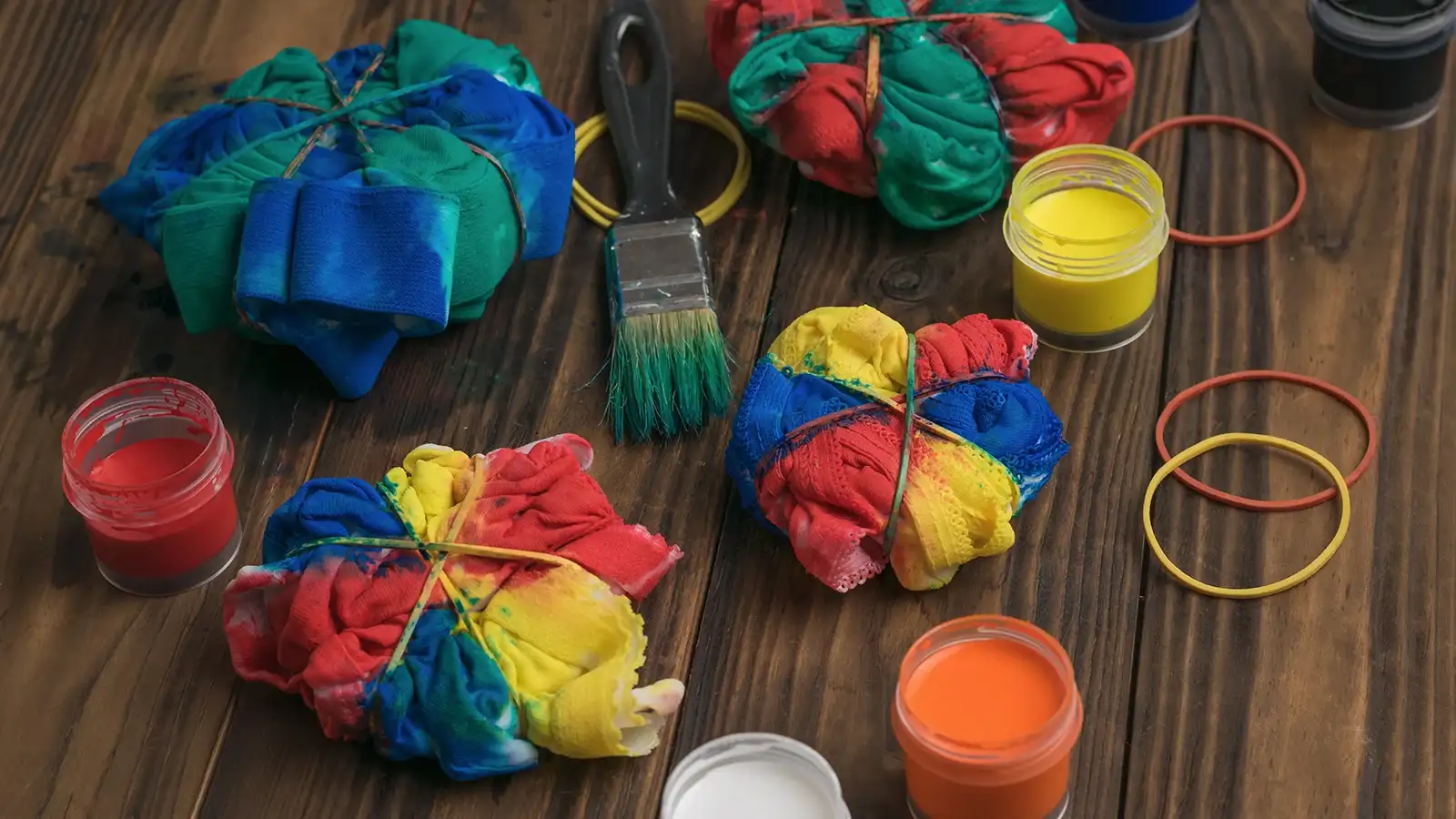
Tie dye requires fiber-reactive dye to bond with natural fibers at room temperature for permanent results. This chemical reaction is pivotal in the dye process. It ensures the dye molecules attach to the fabric, thereby setting the dye.
To create a tie-dye pattern, you need to fold, twist, pleat, or crumple and bind with string or rubber bands with sections of the fabric. The prepared fabric allows for controlled dye absorption and unique patterns to emerge.
The fiber-reactive dyes are regarded for their vibrant color retention and reduced bleeding. These make them ideal for the tie-dye process. It is crucial to saturate the fabric thoroughly and ensure the dye is properly set. Doing so achieves the desired vividness and longevity.
Natural Fiber: Best Fabric to Tie Dye
When selecting natural fibers, consider the fabric’s affinity for absorbing and retaining dyes.
Cotton
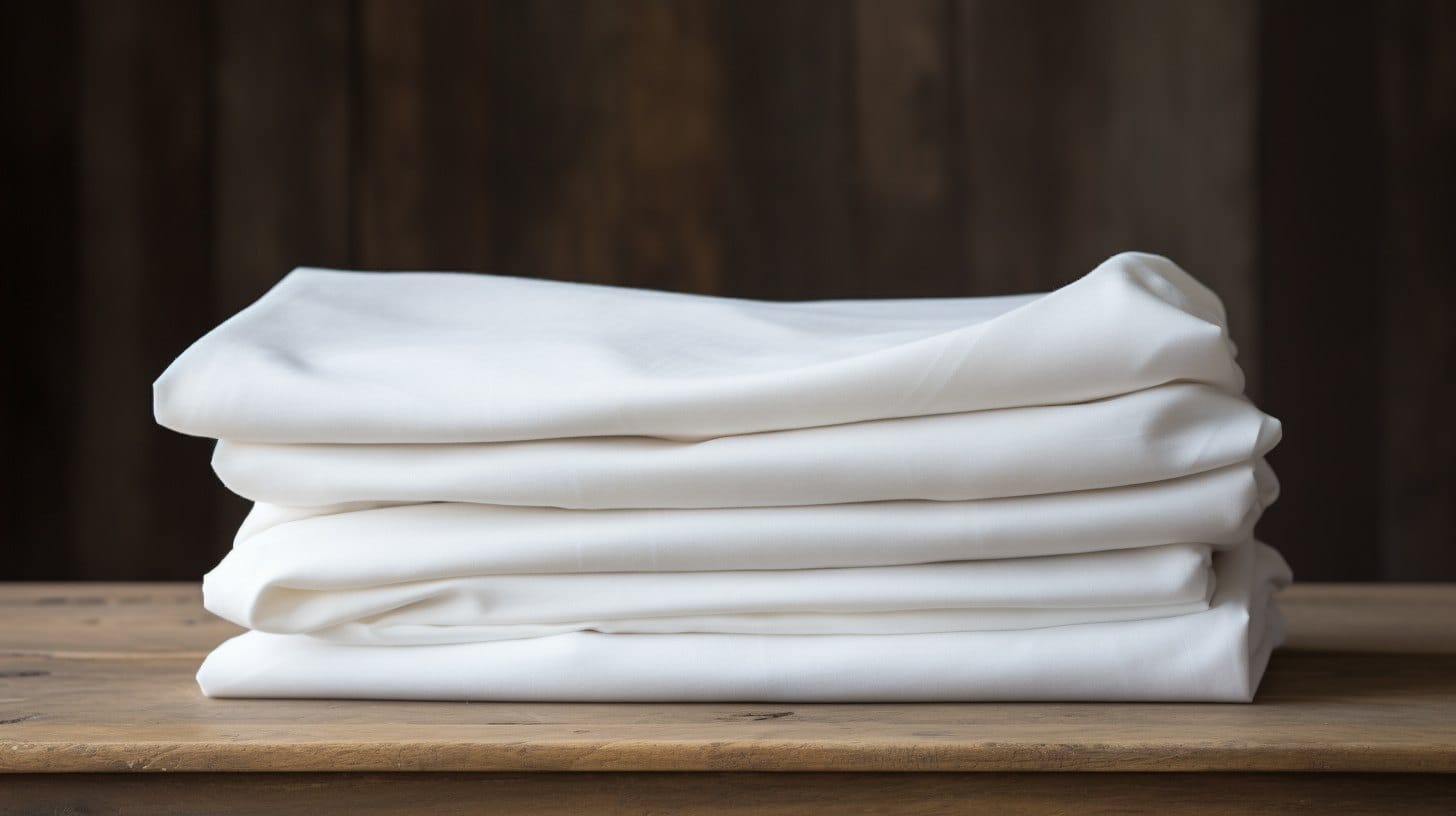
We recommend cotton as the premier choice due to its excellent dye absorption and color retention properties. As a natural fabric, cotton’s cellulose fibers provide an optimal surface for using fiber-reactive dyes. It can help form a covalent bond with the fiber, ensuring vibrant and long-lasting hues. The inherent qualities of cotton fabric make it suitable for tie-dye techniques. It allows colors to seep into the material, creating intricate and brilliant patterns.
For tie-dye projects, cotton T-shirts are ideal due to their easy availability and compatibility. The tight weave found in high-quality cotton provides a smooth canvas for the dye. This is essential for achieving detailed and saturated designs.
Linen
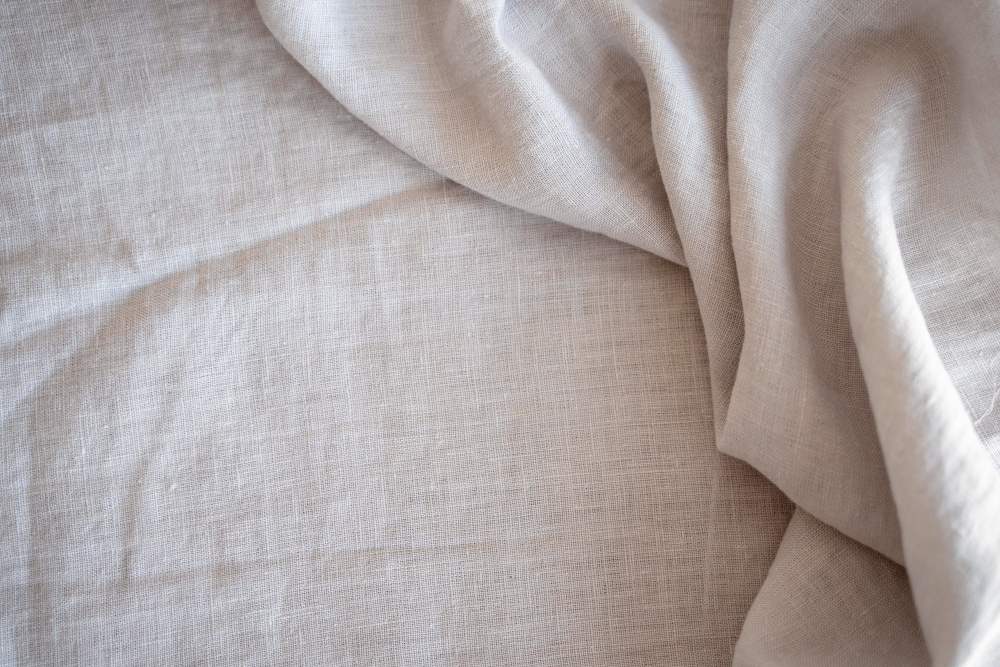
Linen also stands out as another outstanding choice due to its ability to produce a uniquely textured and vibrant result. As a plant-based fabric, linen possesses intrinsic qualities that make it an excellent fabric to tie-dye.
Its lightweight and breathable structure allows it to absorb and hold dyes beautifully. This can lead to striking and sophisticated patterns. Linen’s weave contributes to its distinctive look when tie-dyed. It can provide an artistic depth that differs from the smoother finish of cotton.
But, its more challenging nature necessitates a careful approach to the dyeing process. When successfully executed, tie-dye on linen fabric exudes an elegant and organic appeal. This makes it a top choice for those seeking a blend of tradition and creativity.
Silk
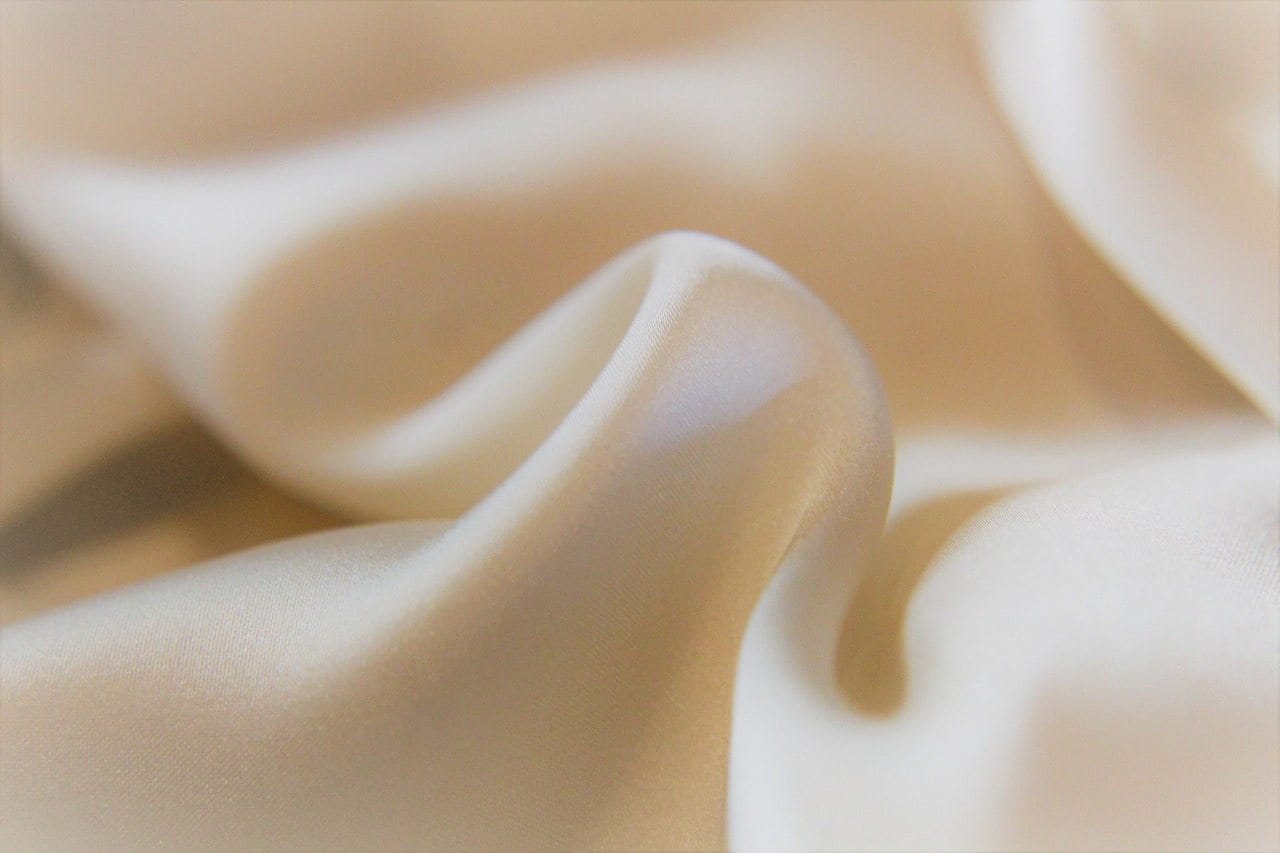
Silk stands out among natural fabrics to dye. This material has exceptional dye absorption, providing unmatched vibrancy and intricate pattern options. It is often regarded as the best material for those seeking a luxurious and high-quality result. Here are some key considerations:
- Dye uptake: Silk takes dye very well, especially when using acid dyes, which form a molecular bond with the protein-based fiber.
- Texture: Silk’s smooth texture allows for crisp, defined patterns. Fabric like cotton might not achieve this.
- Versatility: Both silk and wool are protein fibers. But silk’s unique properties make it ideal for a wide range of tie-dye techniques.
- Color retention: The fiber’s natural affinity for dye means colors stay vibrant and true over time.
- Handling: Although delicate, you can still use silk to create intricate designs without compromising its integrity.
Denim
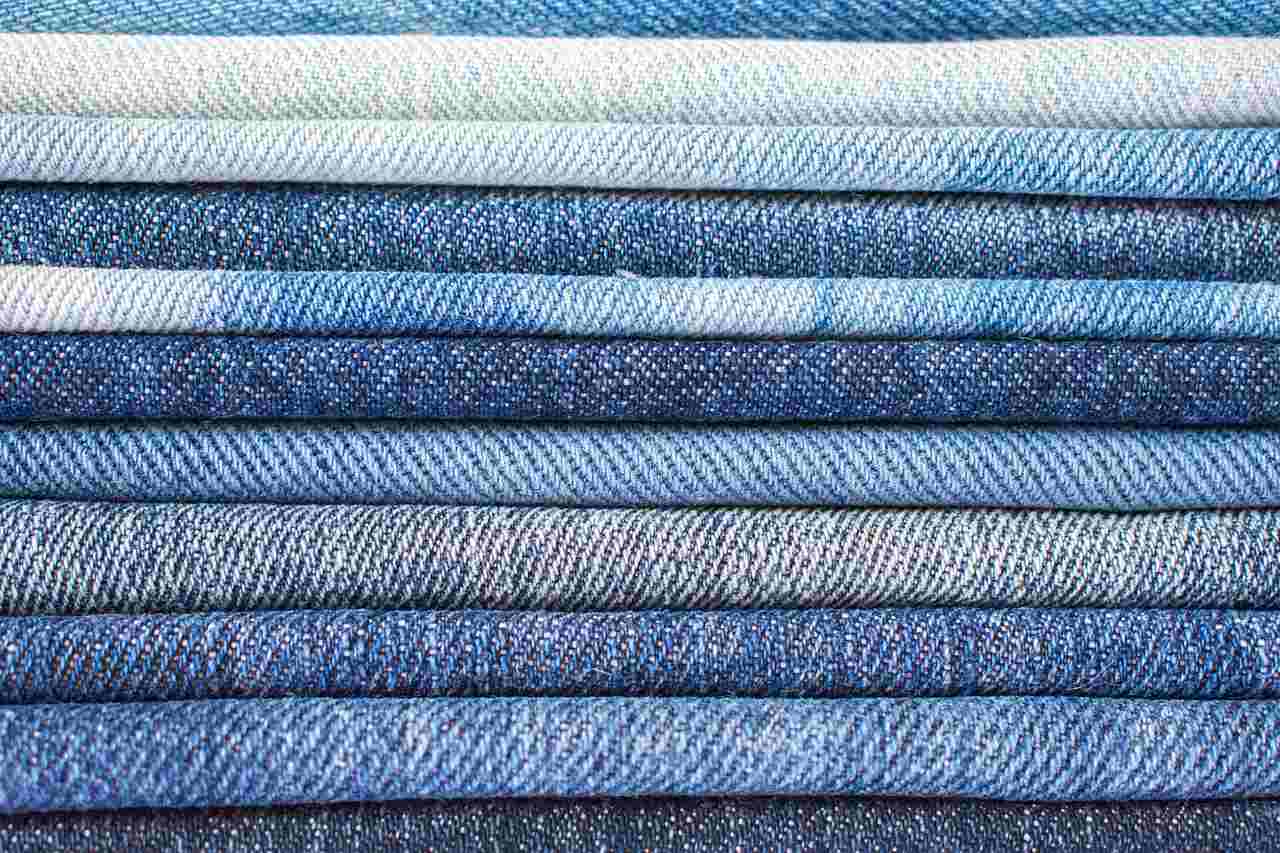
Denim fabric stands out as the best fabric for tie-dye enthusiasts seeking to create vibrant and long-lasting designs. It is famous for its durability and excellent dye absorption.
Denim, especially 100% cotton, is an excellent fabric for tie-dyeing as it has natural fibers that keep dye well. The unique interlacing of the threads not only contributes to a sturdy base but also facilitates intricate, pronounced patterns.
Denim’s compatibility with a variety of dyes, including both traditional fabric dyes and bleach, allows for a wide range of visual effects. Bleach can selectively remove color, adding dimension to the tie-dye. Disperse dyes penetrate the fabric’s structure. They ensure that the vivacious designs endure through repeated wear and washing.
Bamboo Fabric
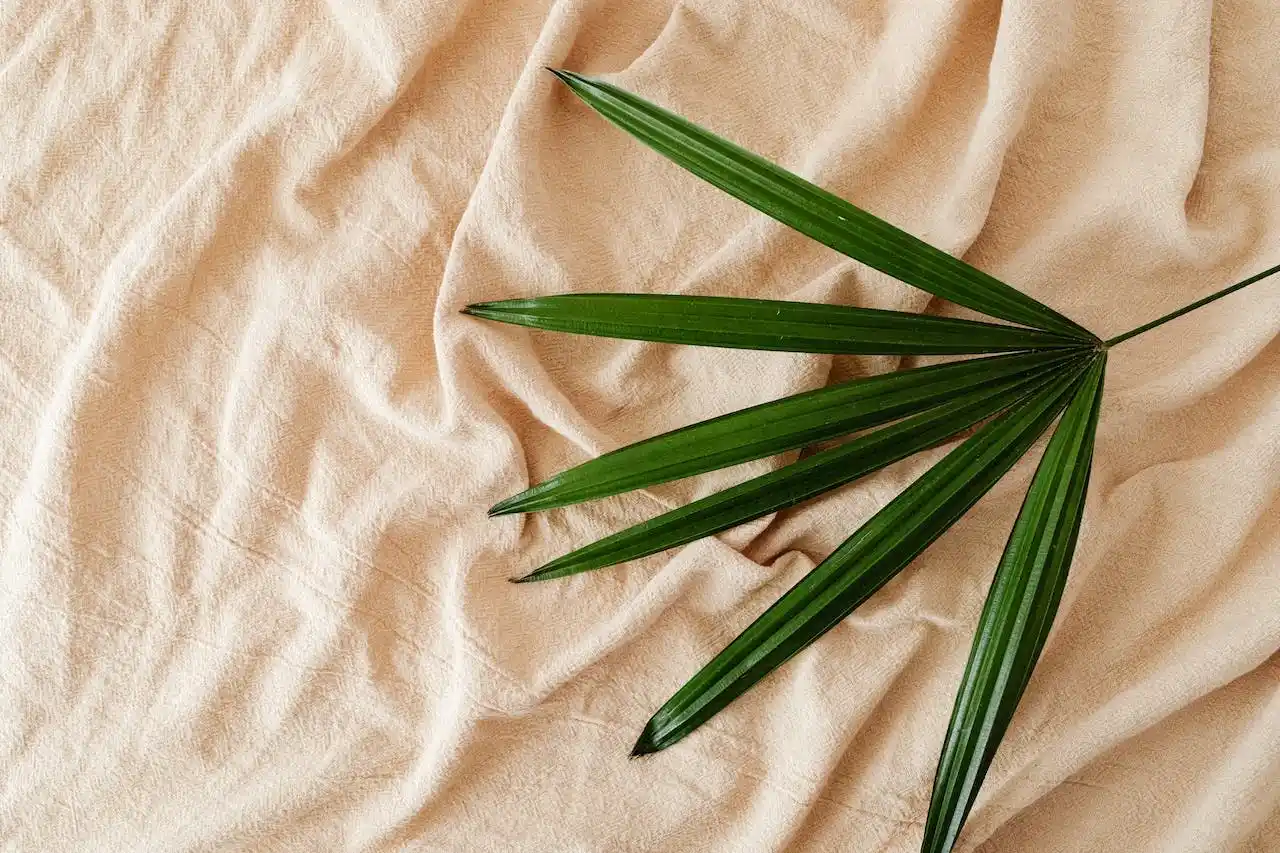
Commonly overlooked in the tie-dye community, bamboo fabric proves to be an excellent medium. Unlike synthetic fabrics like polyester, which often struggle to absorb the dye, bamboo fibers readily take up color. This kind of fabric, akin to rayon’s smooth texture, allows for a rich penetration of hues when using fiber-reactive dyes. Bamboo’s natural properties ensure that the special dye bonds effectively. This will result in a tie-dye masterpiece that maintains its brilliance even after many washes.
- Bamboo is highly absorbent, ensuring deep dye penetration.
- Its smooth texture rivals that of rayon, ideal for intricate tie-dye designs.
- Sustainable and eco-friendly, bamboo fabric is a responsible choice.
- Fiber-reactive dyes are recommended for vibrant, long-lasting results.
- Preparation and dyeing techniques mirror those used for other natural fibers.
Wool Fabric

While less conventional than cotton, wool fabric emerges as an outstanding choice. Due to its superior dye absorption and retention capabilities, it offers a unique texture and rich coloration to the craft.
Wool’s natural fibers interact favorably with acid dyes. Unlike synthetic fibers, wool fabric can accept these dyes, resulting in deep and lasting hues.
Tie-dyed wool pieces need precise temperature and pH control to form colorful patterns within the fabric’s structure. The result is a beautiful and durable display of wool’s versatility and aesthetic potential.
Does Synthetic Fabric Dye Well?
Synthetic fabrics present challenges due to their inherent resistance to standard dyes. These materials often need dyes with specific chemical compositions and higher temperatures to achieve satisfactory coloration.
Rayon
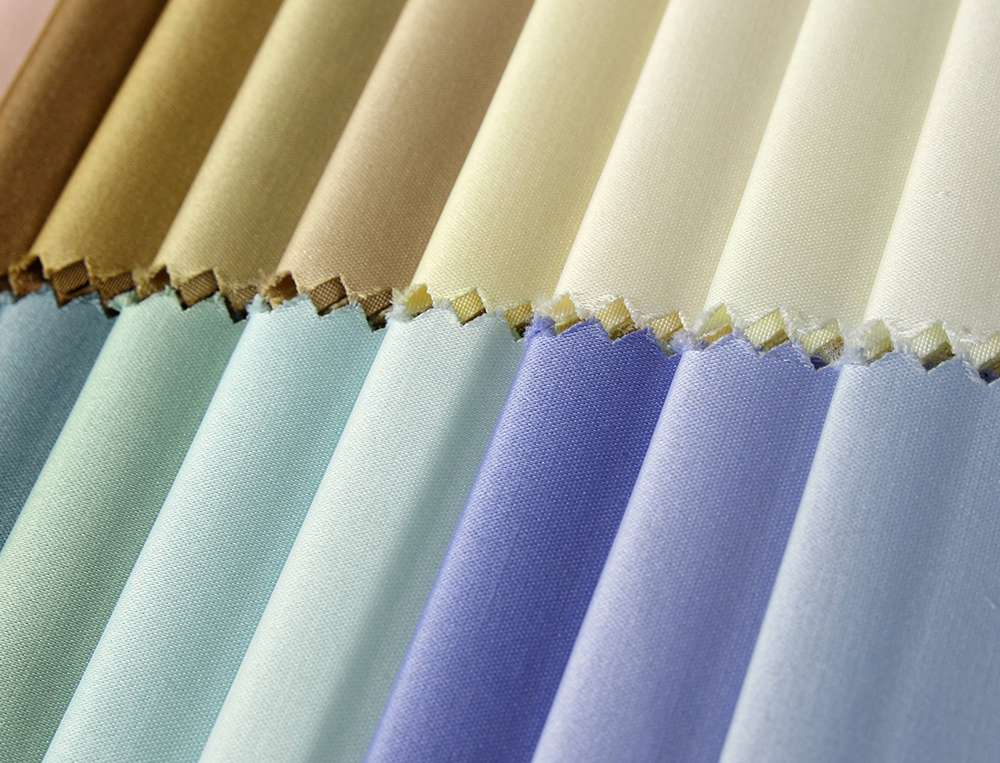
Many synthetic fabrics present challenges in dye absorption, yet rayon is an exception. It can effectively take on vibrant colors due to its cellulose fiber composition. This makes it an appealing choice.
When using rayon, one must consider the following:
- Rayon bonds with fiber-reactive dyes, retaining vivid colors that resist washing.
- Pre-treating rayon with soda ash is essential to raising the pH level and promoting better dye fixation.
- The smooth texture of rayon allows for intricate tie-dye patterns with sharp definition.
- It’s crucial to use the right kind of dye and follow the recommended process to achieve the desired results.
- Although synthetic, rayon’s dyeing behavior more closely resembles that of natural fibers. This sets it apart as a synthetic fabric that dyes well.
Fax Fur
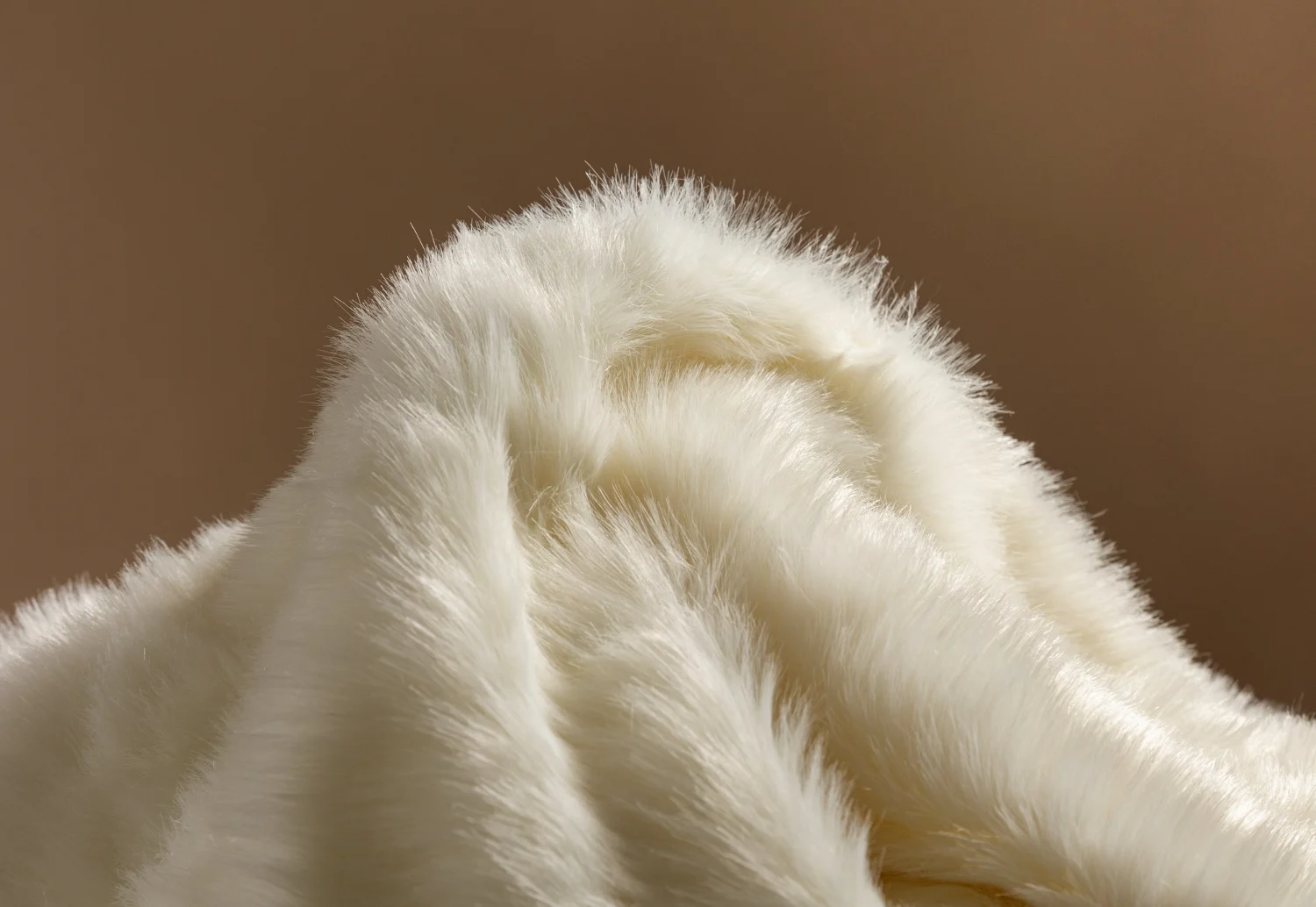
It is essential to note that, unlike rayon, faux fur’s synthetic composition typically results in poor dye uptake. This makes it a less ideal choice for this fabric coloring technique.
Faux fur, which falls under the synthetic category, is resistant to dye absorption due to its artificial fibers.
Tie-dying faux fur is not only challenging but also may result in faded or spotty colors.
Polyester Fabric
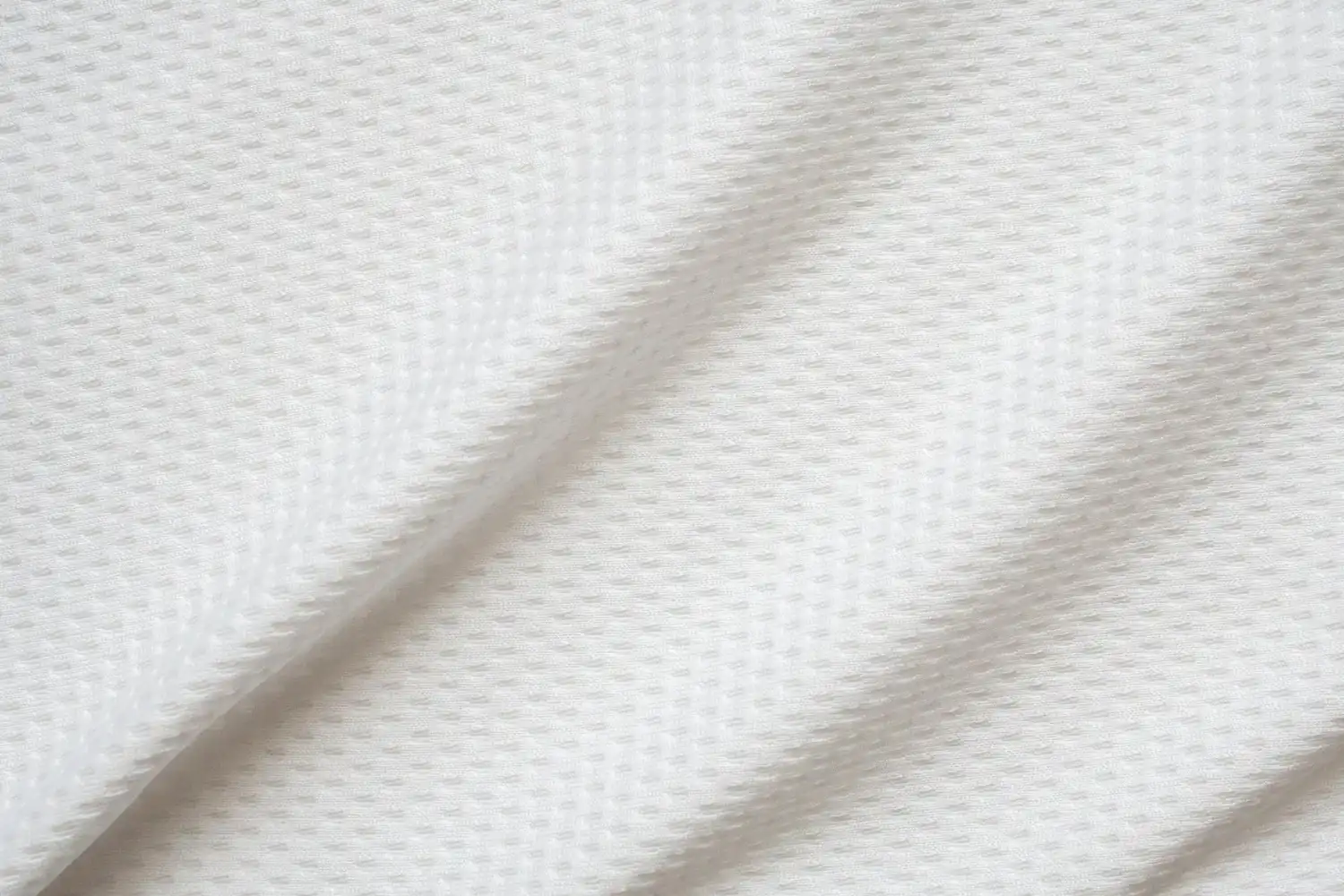
Polyester fabric presents its own set of difficulties due to its synthetic nature. It often leads to suboptimal dye absorption and less vibrant results compared to natural fibers.
- Polyester fabric, being synthetic, requires different dyeing techniques from natural fibers.
- To dye polyester, one must use acid dyes that bond with the fabric at a molecular level under high heat.
- A blend of cotton and polyester would absorb dye more readily, with the natural fibers attracting the dye while polyester remains more resistant.
- Pure polyester fabric often needs a hotter dye bath or steaming process to help dye uptake.
- The vibrancy and evenness of color on polyester fabric are generally less pronounced than on natural fabrics. This makes it a less ideal choice for tie-dyeing.
Fleece
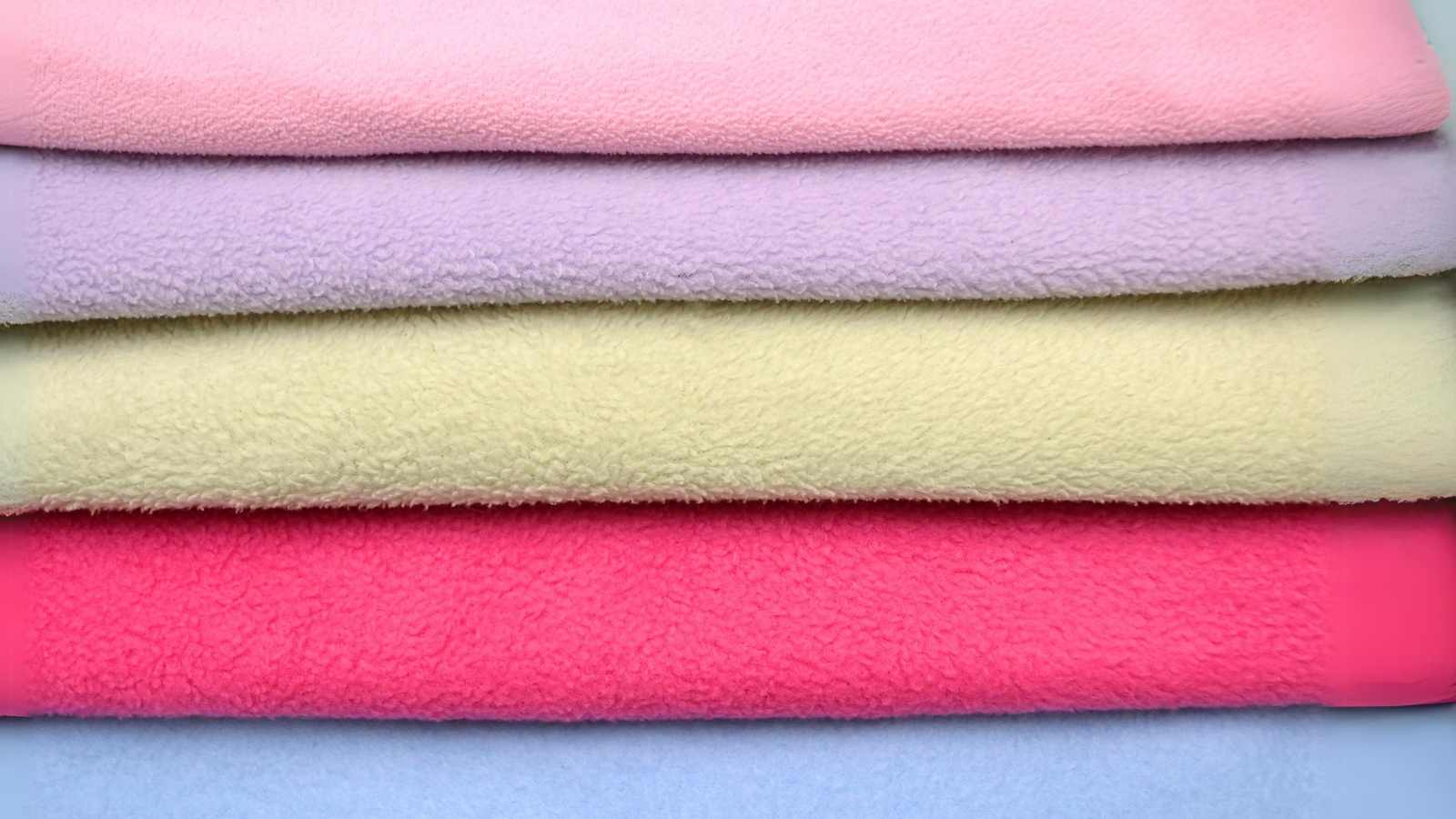
Despite the challenges, fleece can be tie-dyed using specialized dyes and methods.
Fleece, a hydrophobic cloth made of polyester, resists conventional water-based dyes. To successfully impart color to this synthetic garment, one must use disperse dyes. These dyes are specifically formulated to bond with polyester fibers at elevated temperatures.
These dyes are capable of navigating the complex chemical structure of fleece. Additionally, a blend of fleece with natural fibers may offer a compromise, enabling a more straightforward dyeing process.
Felt
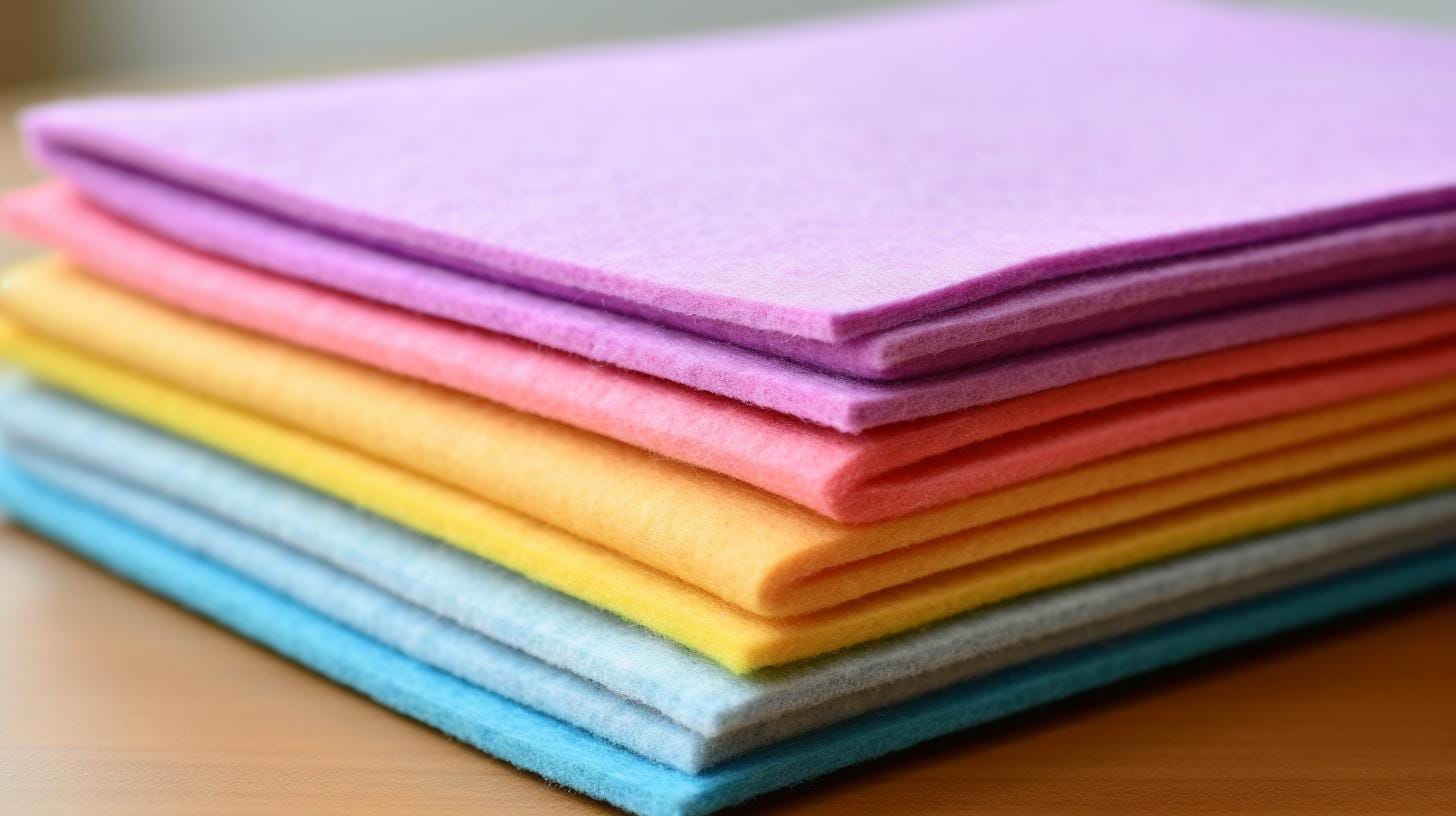
Durability becomes a concern when considering felt for tie-dye. This synthetic fabric typically offers poor dye absorption and can result in muted, uneven colors. Felt’s synthetic structure often repels dye, resulting in suboptimal tie-dye effects. This is in contrast to natural fibers.
- Absorption: Felt generally resists dye, providing less vibrant results than cotton.
- Texture: Wet felt can become distorted, affecting the tie-dye pattern quality.
- Chemical Resistance: The chemical structure of synthetic felt impedes dye bonding.
- Color Fastness: Felt may not retain tie-dye colors as effectively over time.
- Technique Limitations: The nature of felt makes it difficult to apply typical tie-dye folding and tying methods.
Is It Possible to Tie Dye Fabric Blends?
Tie-dyeing fabric blends is possible, although the presence of synthetic fibers will affect the process. When working with fabric blends, the natural fibers within the blend will retain the dye, leading to a more subdued coloration on synthetic components.
It is helpful to use specialized tie-dye kits designed for cellulose fibers. They usually contain all the necessary chemicals for the dye bath. To enhance color absorption, especially in blends with higher synthetic content, consider adding vinegar to the dye bath. This can help with dye fixation on natural fibers.
The thickness of the material also plays a crucial role. Thinner blends may not need as long a soak in the dye bath. Thicker materials may need prolonged exposure to achieve the desired saturation.
How to Choose the Right Type of Dye
Selecting an appropriate dye is crucial, particularly when working with natural fabrics.
- Fiber-Reactive Dyes: Best for cotton and cellulose fibers, these dyes create strong covalent bonds with the fabric. They ensure that colors stay bright after many washes.
- Natural Dyes: Suitable for enthusiasts of organic processes. But they typically need a mordant to fix the color to the best fabric for tie dye.
- Acid Dyes: Ideal for protein fibers like wool and silk. Not typically used for tie dye on the type of fabric that is cellulosic.
- Disperse Dyes: Designed for synthetic fibers, it is necessary when the material does not take dye well using standard methods.
- All-Purpose Dyes: While convenient, they may not provide the same vibrancy or longevity as the right dye tailored for specific fiber types.
Conclusion
In conclusion, the tie-dye process is best suited for natural fibers. Cotton is exemplary due to its superior dye absorption and durability. Synthetic fabrics, with lower absorbency, yield less vibrant results. Fabric blends present variable outcomes dependent on fiber composition.
The selection of an appropriate dye type is also pivotal in achieving high-quality tie-dye effects. Mastery of fabric and dye choice is essential for artisans seeking to create distinguished and lasting tie-dye artwork.
FAQs
Q: Can I use bleach to tie dye fabric?
A: While bleach can be used to create tie-dye effects, it should be used with caution as it can damage certain fabrics, particularly undyed cotton. It’s best to explore the best dye solution for the fabric you intend to tie dye.
Q: How do I tie-dye a garment?
A: To tie-dye a garment, first prepare the fabric by soaking it in a dye mixture of your choice. Then, wring out the excess dye and tie or bind the fabric in your desired patterns using rubber bands or string. Finally, apply the dye to the tied fabric and allow it to set before rinsing and washing the garment.
Q: What fabric should I avoid using for tie-dye?
A: Rough-textured cotton and fabrics that come pre-treated with chemical finishes or coatings may not tie dye really well. It’s best to stick with natural, undyed cotton or other cellulose fibers for the best tie-dye results.
Get more DIY tips on Longan Craft Blog! Dive into the fabric world with Longancraft!


